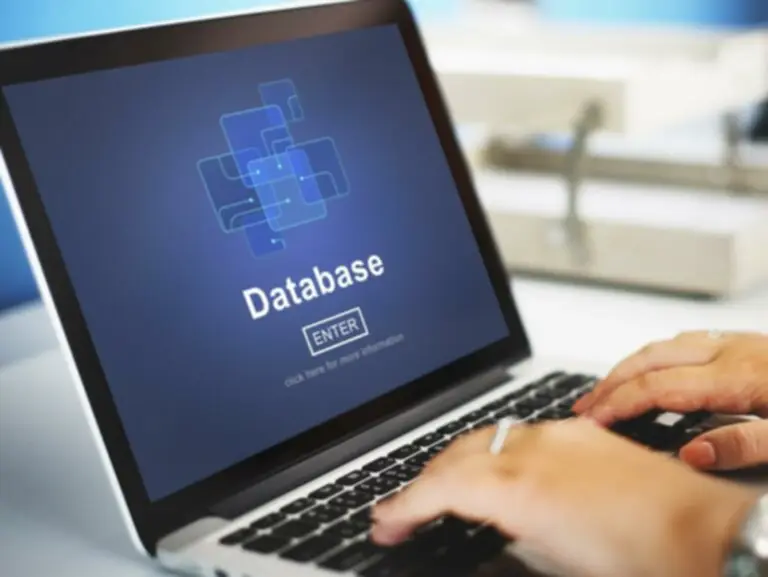Steady Integration Vs Steady Supply: Key Differences
Throughout the process, ACME Inc. uses monitoring and logging instruments ci monitoring to determine and resolve issues rapidly. They additionally frequently evaluation and improve their processes to make sure that they’re constantly delivering value to their prospects. When issues are detected, Ocean CD initiates safe rollbacks and routinely tunes infrastructure to fulfill changing requirements of workloads. Continuous enhancements are made to software deployments based on metrics collected throughout verification processes.
What Is Sdlc (software Improvement Life Cycle)?
The intention of DevOps is to avoid the adverse impact that overspecialization and stovepiping roles in a company have on preventing fast and even efficient response to production points. DevOps organizations break down the obstacles between Operations and Engineering by cross-training each team within the other’s abilities. This strategy improves everyone’s capability to understand and participate in each other’s tasks and results in extra high-quality collaboration and more frequent communication. Jenkins is an open-source CI/CD automation device that handles continuous integration, delivery, and deployment of software. The software is written using Java programming language and is extensively referred to by DevOps practitioners to implement CI/CD pipelines. Continuous Deployment stands out for its capability to accelerate the execution of code changes, eliminating bottlenecks at every stage of the development pipeline.
Differences Between Ci/cd, Agile And Devops

A important characteristic of the CI/CD pipeline is the use of automation to help guarantee code high quality. DevOps is a software improvement methodology that emphasizes collaboration and communication between builders and operations groups. DevOps culture promotes a shared duty for the entire software improvement life cycle, from growth to production. This enables groups to work collectively more successfully, bettering the pace and high quality of software program growth and deployment. The key precept of steady delivery is to make sure that software program is always in a releasable state.

What’s Continuous Delivery (cd)?
This means that every change made to the codebase should be tested and prepared for deployment at any given time. By doing so, CD permits teams to release new options, bug fixes, and enhancements rapidly and efficiently. By automating the integration and deployment processes, builders can rapidly deliver new features, bug fixes, and improvements to end-users.
Steady Integration Vs Supply Vs Deployment
A DevOps engineer has a singular combination of abilities and experience that enables collaboration, innovation, and cultural shifts within a company. Let’s take an instance of an organization that has efficiently carried out DevOps tradition and practices. Netflix, which started as a DVD rental service, transformed itself into a streaming giant by embracing DevOps principles and practices. A CI/CD pipeline is a tool that progressively increases your confidence in your code. In 2015, Meta (then Facebook) migrated its complete infrastructure and back end to the Chef Configuration administration platform.
Continuous Integration (CI) is an important practice in modern software improvement that focuses on integrating code modifications from multiple builders right into a shared repository as regularly as potential. This follow ensures that the code base stays steady, and any issues are discovered and resolved as early as attainable in the improvement lifecycle. A CI/CD pipeline is important for any software improvement or operations staff that desires to automate the DevOps process.
- Continuous supply (CD) is the automated supply of completed code to environments like testing and development.
- Red Hat Ansible® Automation Platform includes all of the tools you have to implement automation across your organization, including an event-driven resolution, analytics, and pre-built content collections.
- We ship hardened solutions that make it simpler for enterprises to work across platforms and environments, from the core datacenter to the network edge.
- It’s a game-changer for detecting issues and shortening the feedback loop for user-facing modifications.
Meta constantly experiments and improves its product development approach, which has matured considerably over time. Its improvement team has applied DevOps practices corresponding to incremental adjustments, code ownership, steady improvement, and automation. First, it will be deployed in a staging setting for quality assurance, after which, will probably be deployed for end users in a manufacturing environment. The deployment stage can be used for all sorts of deployment methods, together with canary deployments, blue-green deployments, and in-place deployments.

Continuous supply (CD) is the automated supply of completed code to environments like testing and development. CD offers an automated and constant means for code to be delivered to these environments. If the complexity of these definitions is anything to go by, it’s clear that the principle problem for teams hoping to introduce CI/CD is upskilling. If you wish to be taught more about CI/CD and the method to use it in your Salesforce releases, try Gearset’s free e-book CI/CD for Salesforce. It’ll get you over the primary hurdle of understanding CI/CD and help you lay the foundations for a successful improvement course of. And in fact you can study extra about all issues Salesforce DevOps, together with CI/CD, on DevOps Launchpad.
With Continuous Delivery, the software is constructed, tested, and packaged in an automatic manner, and it may be deployed to manufacturing at any time with minimal effort. Continuous Deployment (CD) and Continuous Delivery (CD) are two carefully associated ideas in software program development that goal to streamline the discharge course of and ship software program more effectively. While they share similarities, there are key differences between the two approaches. CI or Continuous Integration is an engineering follow during which members of a development team integrate their code at a very excessive frequency. Teams implementing CI purpose to combine code every day or, in some cases, even hourly.
While much of the process is automated, human intervention is important at a quantity of levels. For occasion, a human must approve the deployment of the appliance from the staging environment to the production environment. This is to make sure that the applying is error-free and match for release, adding an extra layer of quality control. CD aims to automate the software program launch process as much as potential, from the preliminary levels of development to the final stages of manufacturing.

And within the context of safety, solely then—in our opinion—have you earned the best to name yourselves DevSecOps. Agile focuses on the event course of, CI/CD on practices, and DevOps on tradition. These feature flags are a boon to productivity, with 63% of software program teams utilizing CI feature flags reporting higher quality software program with better testing. Verifying check-ins with automated builds makes an elaborate process less prone to human error. A quick read of this text ought to help you unravel the thriller by exploring the fundamentals and the distinction between CI and CD throughout the context of DevOps.
5) The steady feedback stage ensures the continuous improvement of the application. By organising a mechanism for the continual assortment of suggestions during the day-to-day operations of the application, builders can improve its next model extra effectively. Just like CI optimizes constructing and testing processes, continuous delivery (CD) boosts the efficacy of packaging and deployment actions. Continuous supply (CD) is to packaging and deployment what CI is to build and check. On the opposite hand, Continuous Delivery focuses on ensuring that software program is at all times in a releasable state however leaves the choice of when to deploy to manufacturing in the arms of the development group.
This gives customers more alternatives to share suggestions, thereby embracing a culture of agile growth. DevOps methodologies assist organizations set up their production groups and processes to create software in a means that encourages rapid, steady deployment. CI/CD entails the continual automation and monitoring of the appliance lifecycle–from integration and testing to the delivery and deployment of the product. DevOps focuses on limitations of tradition and roles as agile development does process.
In Continuous Deployment, every code change that passes the automated exams is routinely deployed to manufacturing with none human intervention. This means that new features, bug fixes, and improvements are launched to users as soon as they are prepared. Continuous Deployment (CD) is a software growth follow that focuses on automating the method of deploying code adjustments to production environments. It goals to ship new features, bug fixes, and improvements to end-users quickly and reliably by streamlining the deployment course of.
Transform Your Business With AI Software Development Solutions https://www.globalcloudteam.com/
